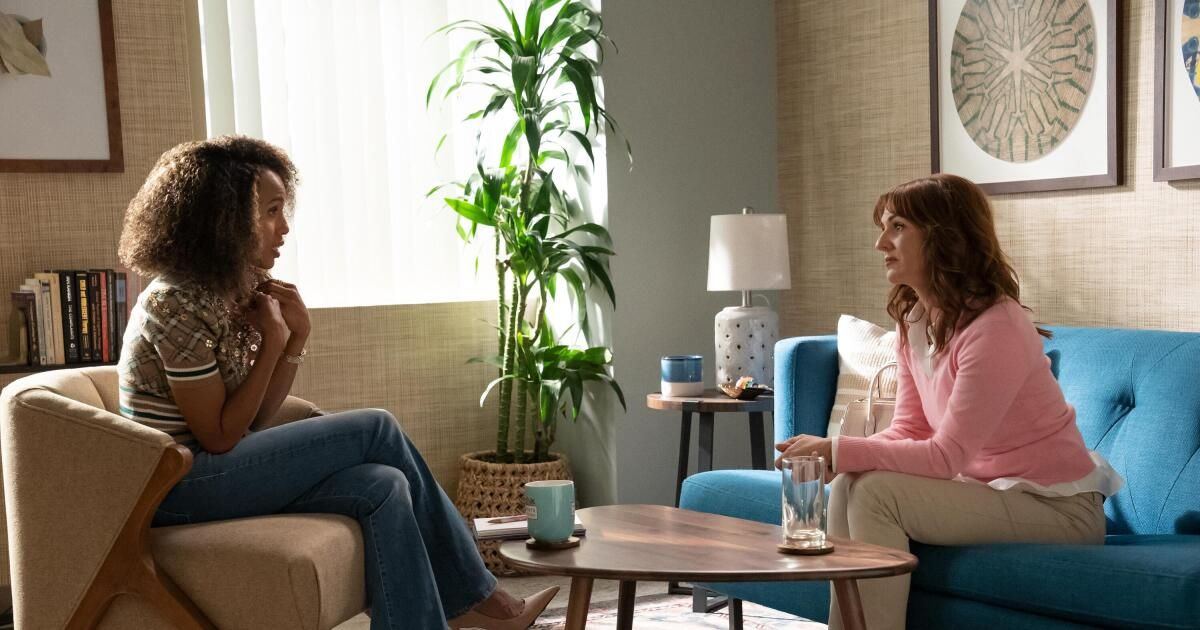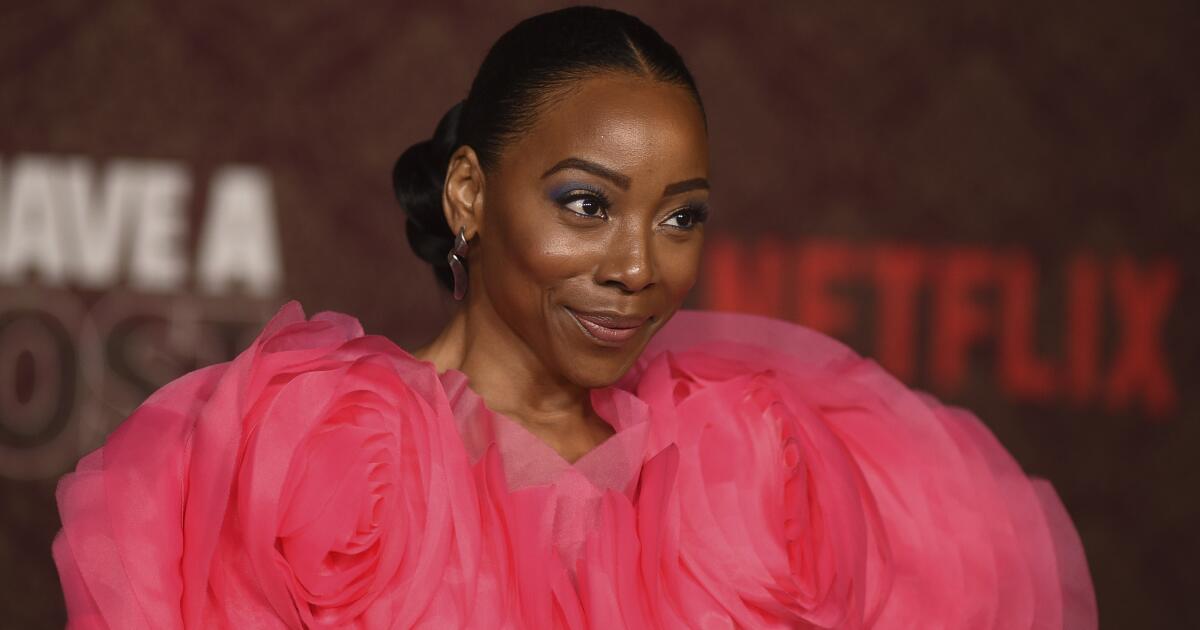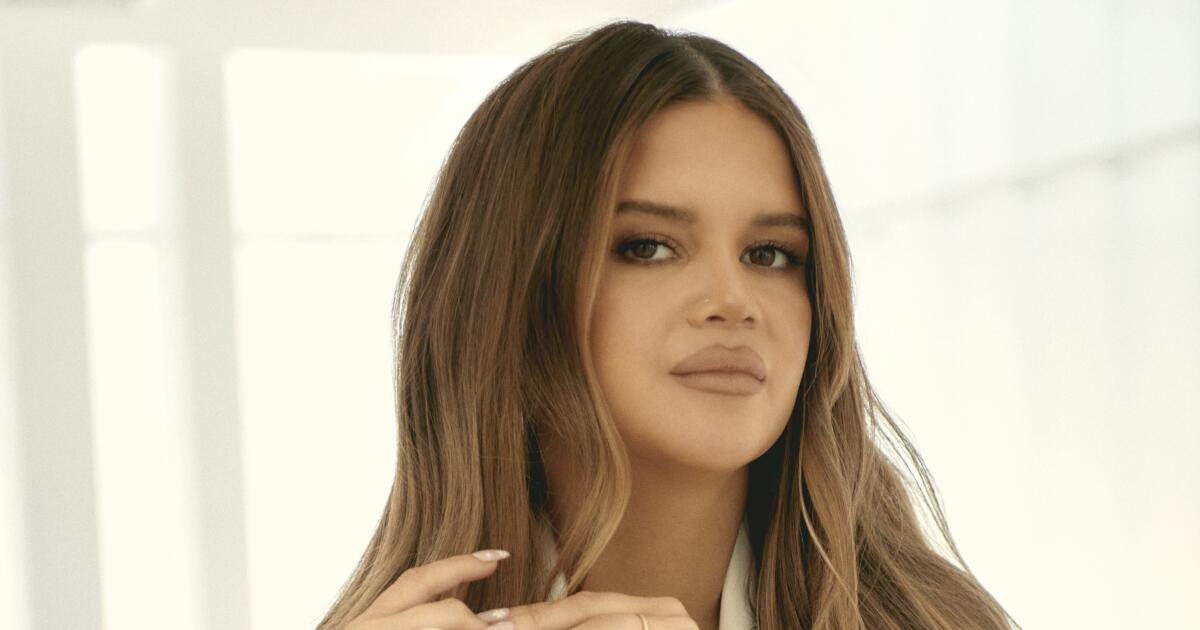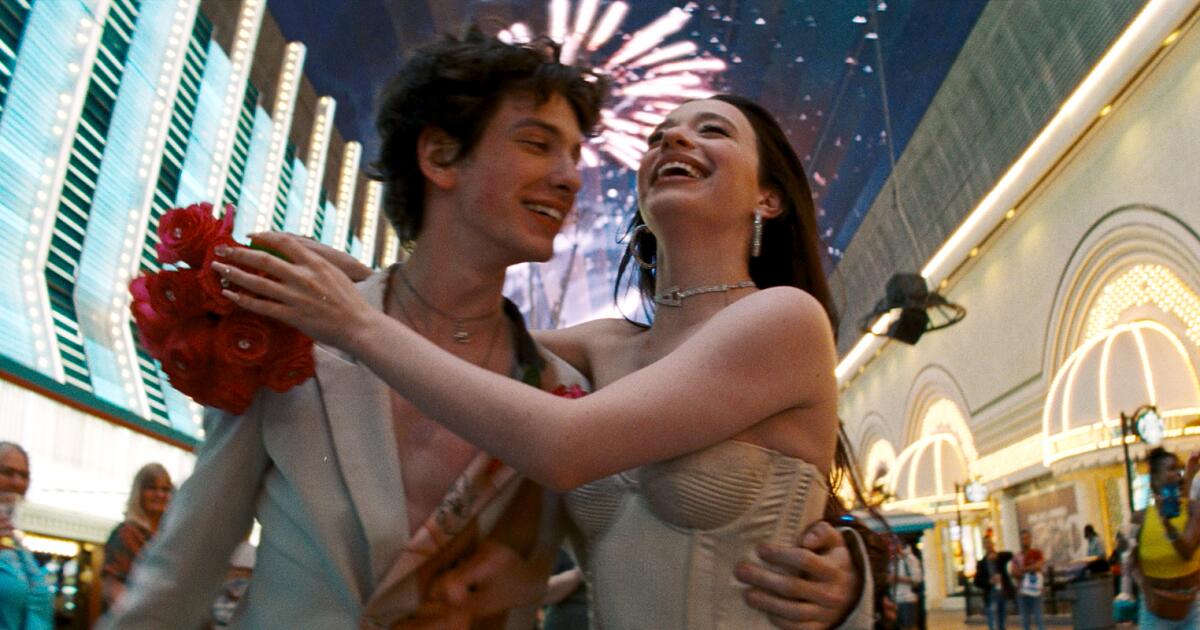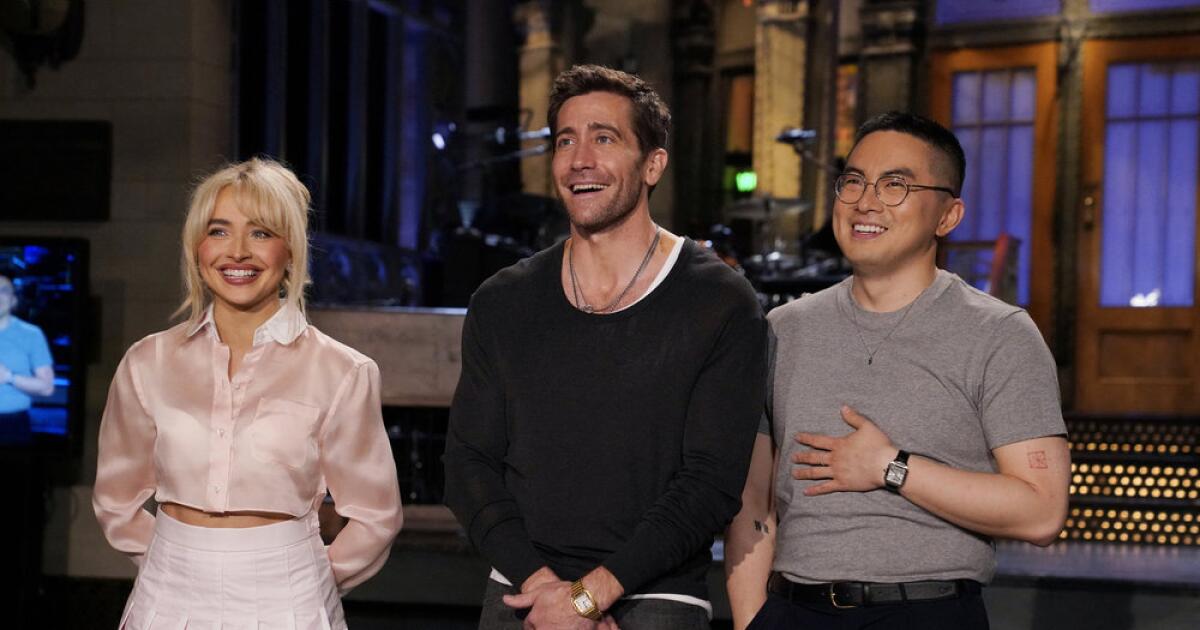We know that television has the power to change mentalities on political and social issues. But what if you could change your mind about mental health?
Two studies, both published Thursday, looked at portrayals of mental health on television. They were commissioned by MTV Entertainment Studios as part of their Mental Health Storytelling Initiative and Mental Health Media Guidewhich lists resources and advocates available to teach creators about best practices for talking about mental health in their works.
The first study, conducted as part of the Annenberg Inclusion Initiative, looked at the prevalence of mental health conditions depicted in television shows and the context surrounding those depictions.
The other, carried out by the Norman Lear Center at USC Media Impact Project, analyzed the process used to report mental health stories within entertainment media, as well as trends in the representation of mental health in television and scripted film, and the effect of mental health stories on knowledge , the attitudes and behaviors of audiences. The researchers monitored the scripts for keywords such as “ADHD” or “psychotherapy,” as well as more pejorative terms. When comparing a sample of programming that ran between 2021 and 2022 with programming that ran between 2015 and 2019, the findings showed a 39% increase in scripts mentioning these keywords and a 15% decrease in the use of derogatory language.
Each study evaluated more than a dozen shows working with the media guide, including those associated with MTVE's parent company, Paramount Global (such as Paramount+'s “Real World Homecoming: New Orleans” and VH1's “Basketball Wives”) and those that weren't (like Peacock's “Bel-Air,” Max's “Clone High,” and Hulu's “UnPrisoned”), and compared these themes to similar shows that didn't use it.
Melissa Beck, left, Julie Stoffer and Danny Roberts in “The Real World Homecoming: New Orleans,” one of the shows that used the Mental Health Media Guide.
(Akasha Rabut/MTV Entertainment)
Brianna Cayo Cotter, senior vice president of social impact at Showtime and MTV Entertainment Studios, says they looked at a variety of shows because they wanted to see if “representation was improving” and what effect it was having on audiences.
“When you look at all the data and statistics…youth, BIPOC [and] “LGBTQ people are facing the greatest mental health challenges and often do not have the same resources to access help,” he says.
Cayo Cotter says the decision to include so much reality programming and shows aimed at younger viewers is because “we want to go where we can have the biggest impact.”
“Those populations are the ones that struggle the most with mental health issues and are also fans of the shows,” he says. “It ends up being really organic and natural to do what has the biggest impact.”
Both studies found that, just like in real life, the debate about mental health is also increasing on television. They also found that positive representations of this topic were increasing. The Annenberg Inclusion Initiative study found that characters with mental health problems were less likely to be shown as stigmatized and more likely to receive help.
“The main result of this study is that when a series is influenced by a mental health intervention [such as by] By using the media guide or working with experts, we were more likely to see help-seeking activities, such as therapy or treatment for mental health conditions,” says Katherine Pieper, program director of the Annenberg Inclusion Initiative. “This was true when showing characters with mental health issues and for characters in general. “The findings suggest that working with creatives and providing guidance can be part of showing a more authentic and nuanced picture of mental health.”
Similarly, the Lear Center study found that audiences who watched these shows were more likely to be knowledgeable about mental health and interested in receiving treatment.
Some of this may not seem too surprising; The study found that viewers of “Couples Therapy,” Showtime's highly praised docuseries that takes them into psychoanalyst Orna Guralnik's sessions with her patients, saw the biggest change in personal mental health stigma across all programs he studied and, compared to a matched sample of non-viewers, were significantly more likely to talk about mental health and seek information about it.
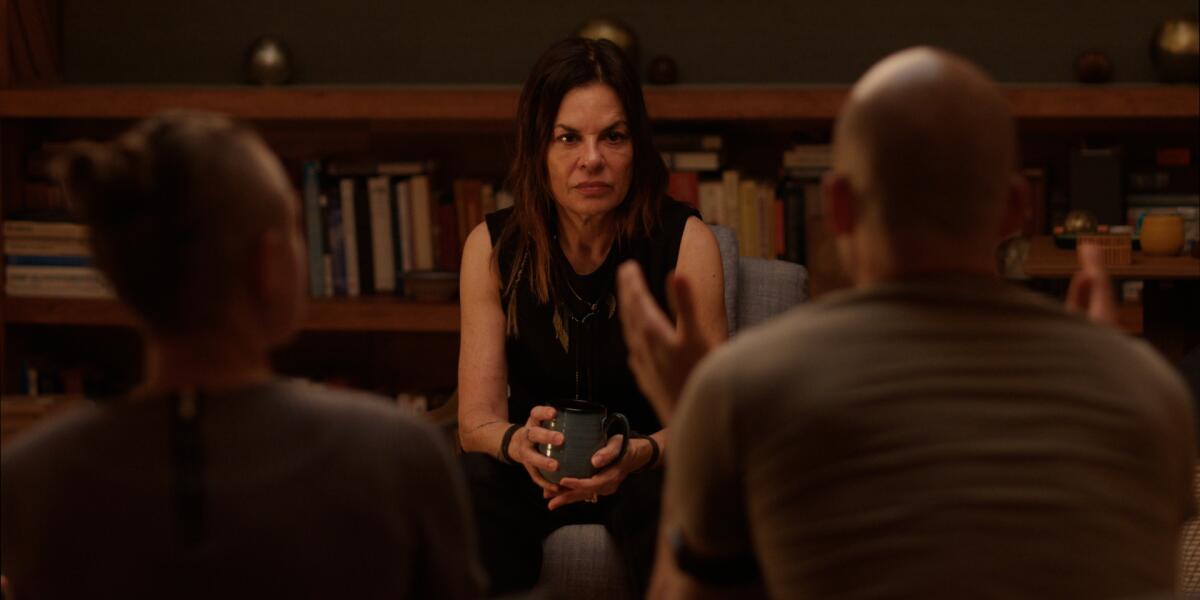
Orna Guralnik in a scene from the Showtime documentary series “Couples Therapy.”
(Paramount+ with Showtime)
But Lear's researchers also looked at parasocial relationships, where viewers feel they have friendships with media figures. Erica Lynn Rosenthal, research director at the Lear Center, pointed to Kerry Washington's Paige in the Hulu comedy “UnPrisoned” as an example. Paige is a marriage and family therapist who is solving problems related to her complicated upbringing.
“Black viewers, in particular, were more likely to experience these feelings of friendship with Paige,” Rosenthal says. “And the stronger these feelings of friendship, the greater will be your knowledge. [of mental health]the less the stigma and the greater their willingness to seek therapy.”
The strong kinship that audiences have with relatable characters and people's willingness to improve their mental health is no surprise to Guralnik.
“Society is in trouble.” [and] Seeking therapy is a symptom of the problem,” he says. “People are anxious, people are suffering, people are distraught. They don't understand how to think about the future. And they cannot depend on the social structure or the leaders.”
The fact that it's a topic so often associated with young adults made it even more pertinent to “Bel-Air,” Morgan Cooper's dramatic modernization of the Will Smith comedy “The Fresh Prince of Bel-Air.”
In this story, the character of Carlton, played in “Fresh Prince” by Alfonso Ribeiro as a super-positive, Tom Jones-loving prepper, is portrayed by Olly Sholotan as a Xanax wannabe, excellent at all costs and determined. power player. Carlton suffers from anxiety and panic attacks that he tries to hide for fear of showing weakness. But in the fourth episode of the second season, “Do n't Kill My Vibe”, Carlton confesses about his mental health and accidentally starts an open dialogue among his classmates about his mental health.
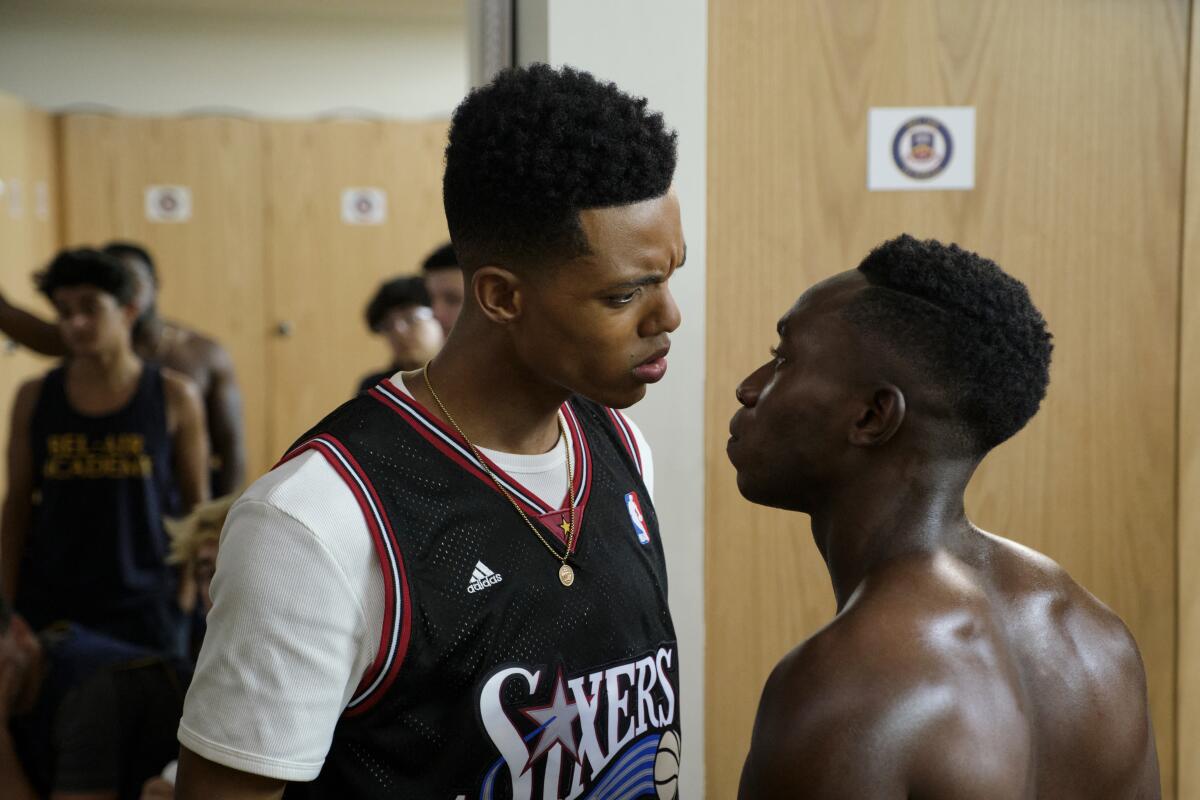
A scene from “Bel-Air,” the reboot of “Fresh Prince of Bel-Air,” with Jabari Banks as Will (left) and Olly Sholotan as Carlton.
(Adam Rose/Peacock)
Cooper says what happens to Carlton, who comes from a place of privilege, is a reminder that money can't solve everything. Cooper says it's significant that he can keep his problems undetected until his cousin Will (Jabari Banks) moves into his house.
He says that sometimes you need “someone new to come into your life to give you a different perspective and say, 'Hey, you know, this isn't right.'”
Chris McCarthy, office of the CEO and president and CEO of Showtime and MTV Entertainment Studios, and who, along with Annenberg founder Stacy L. Smith, spearheaded the launch of the Storytelling Coalition in 2021, tells The Times that “ The research is clear and incredibly positive” proof that the media guide can help “reduce stigma and, more importantly, encourage behavior change.”
“With the growing mental health crisis, all industry creators play an important role in developing responsible representations and character portrayals that spark conversations about mental health and reduce the devastating impact of stigma,” he says.
The question now is what will happen next. The guide, as well as the studies and resources, are open to everyone, content creators or not. “Now that we know it works, how can we scale it up?” Cayo Cotter says.
He adds that they have delved into the creation of guides for children's programming and also for digital creators. She wants to take a chapter from the LGBTQ+ media monitoring organization GLAAD and its media guides like the Study Responsibility Indexwhich analyzes representations of queer characters in films.
“I'm very confident that, especially with this research, we know how to change the representation of mental health and we know that it has a positive impact on public behavior,” she says. “So, my goodness, let's figure out everything we can do to put this everywhere.”

